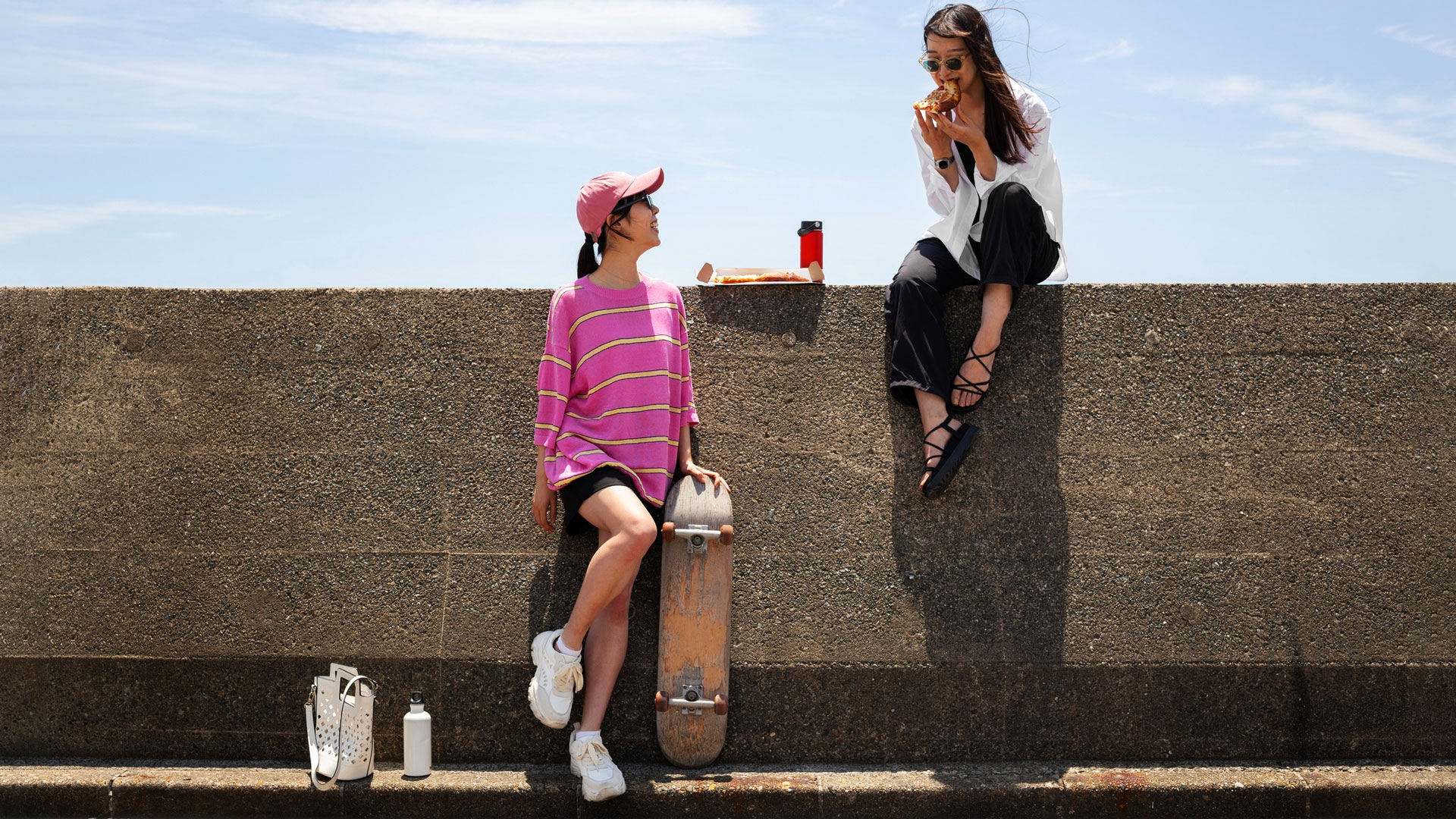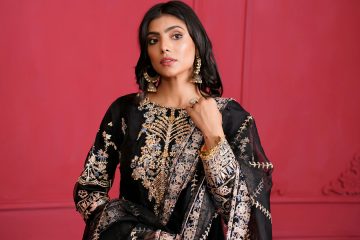Streetwear Trends: The Evolution and Influence on Modern Fashion
Streetwear has become one of the most influential movements in fashion, blending elements of youth culture, music, sports, and art into a style that resonates across generations. Originally rooted in the skate and hip-hop scenes of the 1980s and 1990s, streetwear has grown into a global phenomenon, influencing high fashion and everyday wear alike. In this blog, we’ll explore the key trends in streetwear, how they’ve evolved over time, and their lasting impact on the fashion industry.
The Rise of Streetwear: From Subculture to Mainstream
Streetwear began as a form of self-expression among urban youth, particularly within the skateboarding and hip-hop communities. Brands like Stüssy, Supreme, and A Bathing Ape (BAPE) were pioneers in this space, offering clothing that was both functional and culturally relevant. What started as niche attire for skaters and rappers soon caught the attention of a broader audience, leading to a fusion of street culture and fashion that would redefine style for decades.
The transition from subculture to mainstream was marked by the adoption of streetwear by celebrities and influencers. As artists and athletes began to wear streetwear brands, the style gained visibility and legitimacy, eventually making its way into high fashion. Today, streetwear is a staple in the wardrobes of people from all walks of life, transcending its origins to become a global fashion movement.
The Key Elements of Streetwear
Streetwear is defined by its casual, comfortable aesthetic, but it’s also deeply tied to cultural references and identity. Here are some of the key elements that characterize this style:
Graphic Tees and Hoodies
Graphic tees and hoodies are the cornerstone of streetwear. These pieces often feature bold logos, provocative slogans, or intricate designs that reflect the wearer’s personality or allegiance to a particular brand. Brands like Supreme, Off-White, and BAPE are known for their iconic graphics, which have become symbols of streetwear culture.
Sneaker Culture
Sneakers are perhaps the most significant component of streetwear. The sneaker culture began with brands like Nike, Adidas, and Converse, which produced footwear that was not only functional but also a statement piece. Limited edition releases, collaborations with artists and designers, and a thriving resale market have all contributed to the sneaker’s status as a must-have item in any streetwear ensemble.
Oversized Silhouettes
Oversized clothing is a defining feature of streetwear, emphasizing comfort and a relaxed attitude. Baggy jeans, oversized hoodies, and loose-fitting T-shirts are staples in this style. The oversized silhouette is not just about comfort but also about making a statement, often challenging traditional fashion norms that favor more tailored, fitted clothing.
Layering and Mixing High-Low Fashion
Layering is another important aspect of streetwear, allowing individuals to mix and match different pieces to create a unique look. This often includes combining high-end designer items with more affordable, accessible brands, a practice known as high-low fashion. For example, pairing a luxury brand’s jacket with a basic graphic tee and sneakers is a common streetwear outfit, reflecting both status and street credibility.
Influence of Hip-Hop and Skate Culture
Hip-hop and skate culture have been instrumental in shaping streetwear. The influence of these subcultures is evident in the music, graphics, and overall aesthetic of streetwear brands. Hip-hop artists like Kanye West and Pharrell Williams have launched their own streetwear lines, further blurring the lines between music and fashion. Skateboarding, with its emphasis on practicality and rebellion, continues to inspire streetwear designs that prioritize both function and style.
Streetwear in High Fashion: The Crossover
One of the most notable developments in streetwear is its crossover into high fashion. Luxury brands like Louis Vuitton, Gucci, and Balenciaga have incorporated streetwear elements into their collections, blending the worlds of haute couture and urban style. Collaborations between streetwear labels and high-end designers have become increasingly common, with collections often selling out in minutes.
This crossover has also sparked debates about the commercialization of streetwear. Some purists argue that the integration of streetwear into high fashion dilutes its original meaning and authenticity, while others see it as a natural evolution that broadens the reach and influence of the style.
The Role of Social Media in Streetwear’s Evolution
Social media has played a crucial role in the evolution and popularity of streetwear. Platforms like Instagram, TikTok, and Twitter have allowed streetwear enthusiasts to share their outfits, discover new brands, and stay updated on the latest trends. Influencers and celebrities often showcase streetwear pieces, driving demand and shaping public perception of what’s in style.
Social media has also democratized fashion, giving smaller, independent streetwear brands a platform to reach a global audience. This has led to a surge in diversity within the streetwear community, with more voices and perspectives contributing to the style’s evolution.
Sustainability and Streetwear: A Growing Concern
As with many other areas of fashion, sustainability has become a significant concern in streetwear. The rise of fast fashion and the constant demand for new releases have led to questions about the environmental impact of streetwear production. In response, some brands are beginning to adopt more sustainable practices, such as using organic materials, reducing waste, and promoting ethical labor practices.
Consumers are also becoming more conscious of their purchasing decisions, favoring brands that prioritize sustainability. This shift in consumer behavior is pushing the streetwear industry to rethink its production processes and embrace more eco-friendly alternatives.
Conclusion: The Future of Streetwear
Streetwear has come a long way from its roots in skate parks and hip-hop clubs. It has evolved into a global fashion movement that influences everything from high fashion to everyday wear. As it continues to grow, streetwear is likely to keep pushing boundaries, challenging traditional fashion norms, and embracing new trends and technologies.
Whether it’s through collaborations with luxury brands, the integration of sustainable practices, or the influence of social media, streetwear remains at the forefront of modern fashion. Its ability to adapt and evolve ensures that streetwear will continue to shape the way we dress and express ourselves for years to come.




